A thought struck me as I was halfway through the new National Geographic series Welcome To Earth. Will Smith could just be this generation’s Sir Richard Attenborough. In this age of social media fame and Internet viral sensations, and short form videos, who better than the Fresh Prince himself to bring a new generation of earthlings to far flung corners of the world to see (and hear, and experience) new things.
A Whole New World
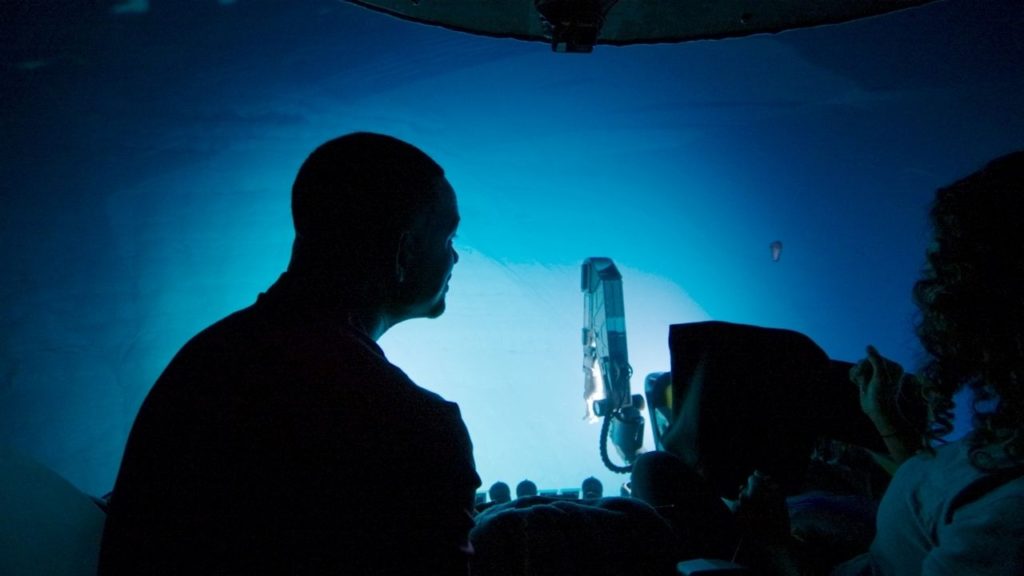
Welcome To Earth feels like a new breed of nature documentary. Not one that is told to audiences by experts or academics. But rather by a celebrity who is himself experiencing and seeing these things for the first time. Say what you want about Will Smith and his current obsession of over sharing on the Internet, but his enthusiasm and curiosity always shines through in this series.
This series is a breath of fresh air at a time when streaming content feels like it is mostly caught up in the seedy side of humanity, with Netflix pumping out Tiger King sequels and spinoffs, or special “limited series” murder whodunnits. A series like Welcome To Earth is a welcome change of pace and a timely reminder of how little we know about this little blue marble of ours.
Of course it helps that the series is created and executive produced by enigmatic filmmaker Darren Aronofsky. (Which also happens to be his second time working with Will Smith and National Geographic after 2018’s documentary series One Strange Rock, in 2018.)
The other thing about Welcome To Earth is the absolutely beautiful cinematography we’ve all come to expect from a National Geographic production. Sweeping aerial shots of a bellowing volcano. Slow motion footage of an explosive festival in South America. Bright blue bioluminescent creatures in a lake. Disco neon purple squirrels. Dizzying lights 700 feet under water. And that’s just from the first two episodes! No one does it better than a National Geographic camera crew.
Go the Distance
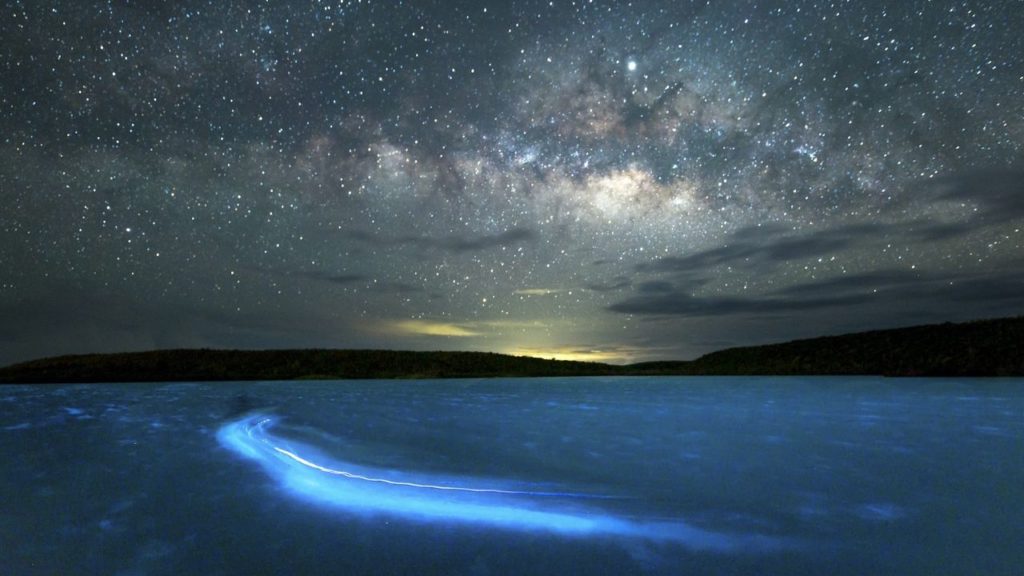
The one downside in Welcome To Earth is that it each episode feels a little too short. A 30 minute run time means that not enough detail is there. There isn’t an explanation as to what that festival in South America was about. Or how those blue bioluminescent specks in the water happen. Or why those squirrels looked bright purple under UV light. Or what those dizzying lights 700 feet under water means.
There is, however, an opportunity there. My recommendation is to watch this series with an open and curious mind, and maybe even a pen and paper. Write down the questions that your inner curious child (or your actual external child) might have, and look it up. Use each episode as a jumping off point. God knows that’s what I did.
It’s the same complaint I had with the first season of Jeff Goldblum’s series. Sure it was fun hanging out with Jeff Goldblum and listening to him talk about ice cream, and RVs, and sneakers. But the series never felt like it went past a surface level discussion. It never felt like it would actually indulge the audience in any of the research it found. It was as if they were scared they would stumble out of “magazine show” format and into “documentary” territory.
But man that National Geographic camera crew sure makes a difference in Welcome To Earth.
Reflection
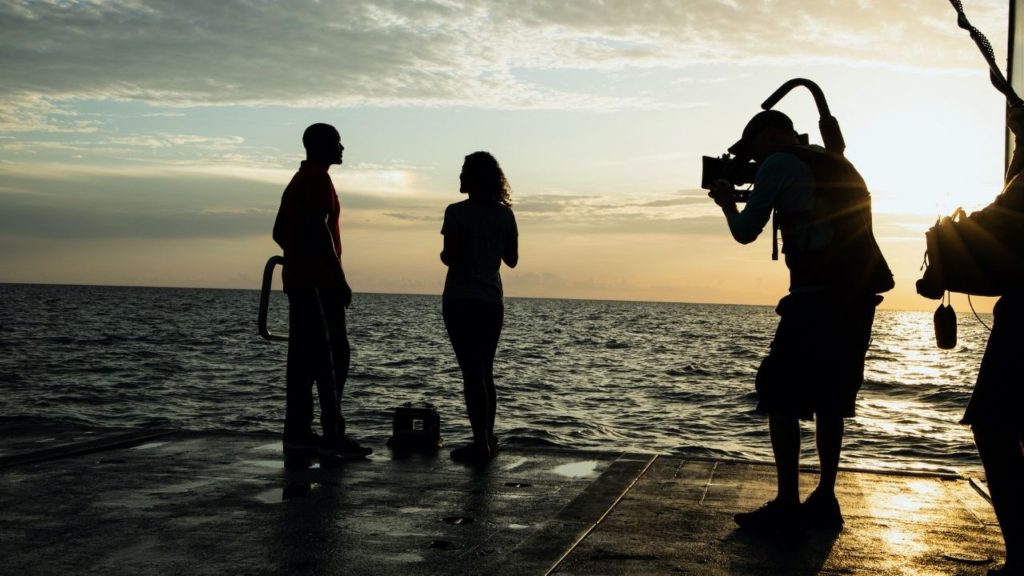
Welcome to Earth is a great watch and Will Smith is the absolute right person for the job. He is funny, warm, curious, engaged, and self reflective. All the things you want in a host that isn’t an “expert” in a subject. Why? Because there is a certain level of humility that is required when hosting a show like this. You need to be able to admit that you don’t know anything about the subject but that you’re willing to learn about it and experience it.
The series is emotional, funny, and absolutely beautiful to watch. It really does remind you that despite being in the 21st century, there is still so much left to learn about this place we all call home. Like how New York moves up and down up to 14 inches every day because of the moon. I know right? It blew my mind too.




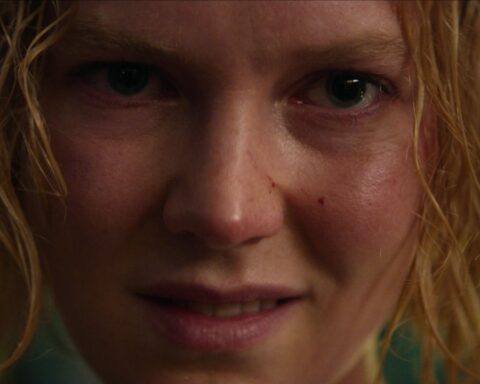

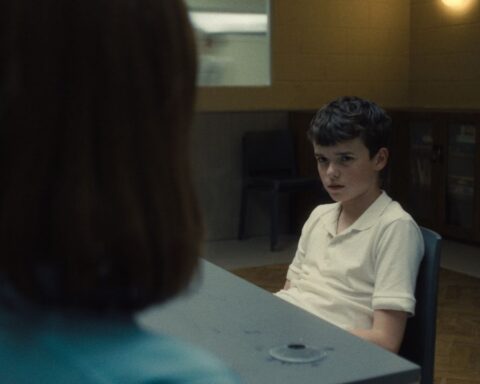


Follow Us